Workplace Diversity & Inclusion Trends for 2021
Throughout the year 2020, diversity, equity, and inclusion (DEI) remained a priority for both the human resources (HR) department, as well as research and development professionals.
Outside of the HR department, executive owners and leaders focus more on the DEI criteria, incorporate it into their business culture, and use it for vital business advantages.
Keeping in view the importance of diversity and inclusion in the workplace, its training should be considered an integral part of every organization. Diversity and inclusion training drives growth and innovation.
Diversity and inclusion are also important factors that job seekers usually consider before accepting any job.
Though this criterion is important for most job seekers, it holds more value and importance for the people who fall into a minority group.
According to a survey, 72% of women (vs. 62% of men), 89% of African Americans, 80% of Asians, and 70% of Latinos ranked workforce diversity as an important factor while searching for any job.
Diversity And Inclusion Trends To Expect In 2021
Below are some of the most important diversity and inclusion trends for 2021.
1. Adoption Of Diversity As A Business Model
For the longest, diversity was viewed as a simple compliance necessity, requiring a moral position from corporate executives. Many companies had mission and vision statements that alluded to a diversity infrastructure and they may have listed inclusion as a workplace criterion.
Unfortunately, such claims typically turned out to be false, as numerous companies didn’t necessitate their executives personal engagement in this business effort.
However, with the gradual passage of time, more and more companies have become inclined to include diversity in their practices and policies. It is also being predicted that most companies will adopt diversity as a part of their core business model in the post-pandemic “Next Normal”.
Companies like Intel have also changed their working policies according to diversity dynamics. Their new Intel Rule bars the company from working or partnering with any law firm with an average or below-average diversity score.
2. Prioritizing Multigenerational Workforce
In terms of the generational makeup, the workforce is aging and varying considerably with time. At present, we may observe four or five generations working together simultaneously in the workplace, ranging from the silent generation (born between 1928 and 1945) to the newest cohort, a generation born after 2000 (Generation Z).
With each of these generations, emerges diverse expectations of employees around topics such as upskilling in the digital era, implementation of employee wellness programs, working towards bringing sustainability into the existing environment, and the introduction of flexible work arrangements.
3. Encouragement of Policies Related To Gender Identity And Expression
Gender identity is how a person sees themselves, their internal sense, and their personal experience of gender, while gender expression refers to how a person chooses to express themselves.
In recent years, gender identity and gender expression have become a popular subject among the masses.
This has led to increased awareness about the challenges and difficulties faced by the people who were not assigned the right gender at birth.
More companies are facing challenges related to gender identity and expression. They are revolutionizing their HR departments to counter such problems; thus, preferring the usage of more gender-neutral options. They are also focusing on providing health care benefits to employees who are transitioning.
Some employers are also focusing on training their managers regarding appropriate language usage and recognition of their responsibilities towards an employees’ gender identity and expression.
Over three in five workers in the United States have witnessed or experienced discrimination in the workplace based on age, race, or gender expression. In 2021, we are more likely to see companies adopting policies and models related to freedom and preservation of gender expression.
4. Supporting Minorities In the Workplace
Many conversations and debates have taken place around minority inclusion and how underrepresented groups are treated in the workplace. These individuals are usually assigned to lower positions and are generalized to be of lower caliber.
Being underrepresented, they are not given enough opportunities to showcase their abilities and raise their voices among the majority.
According to one study, Black, Native American, and Latinx women earn up to 25% less than White women. In general, racism can be avoided if organizations eliminate racial bias in hiring, support their employees, treat them equally, and, most importantly, tackle systemic inequality. When you have a wide range of professionals coming from different ethnic backgrounds, it collectively has a greater impact on the locals who value your work and have a high regard for your leadership.
When you combine demographics and technology, the competitive advantage is squared. Thus in the future, we are more likely to see a change in corporate ethics, with a full-fledged focus on the use of technology and the support of minorities in the workplace.
5. Elimination of Unconscious Bias In The Workplace
In a recent study, roughly 49% of 500 workers reported some sort of favoritism in their work environment.
Unconscious bias is present and influences almost every aspect of the modern workplace, like in recruitments, client dealings, work assignments, promotions, and employee performance evaluations.
It is the responsibility of the senior leadership to eliminate all sorts of unconscious biases in the workplace as it can affect the performance of any individual working in such an environment.
To counter such biases, the rule is simple; make the unconscious conscious. Encourage the discussion of biases in the workplace.
Unconscious bias can affect the decision-making skill of any employee, which can ultimately hinder his/her/their progress and contribution to the company’s goal.
Thus, it is important to make such policies against unconscious bias, which should be implemented effectively within the company. In fact, it is expected that in the year 2021, raising awareness about unconscious bias will be considered an essential part of diversity training.
6. Moving From Diversity And Inclusion To Diversity, Evenhandedness, And Inclusion
The notion of diversity and inclusion has been around for more than a decade. One side of the coin is including people from different cultures and backgrounds, whereas giving them space and a chance to share their ideas equally refers to the other side.
Both the Inclusion and diversity concepts will remain a key focus of many organizations in 2021 but, yet the concept will some touch of equality.
It is expected that more and more leading enterprises will be integrating the concept of equity, along with diversity and inclusion. Research conducted by Deloitte revealed the fact that many organizations will be implementing diversity, inclusion, and equity as their overall business strategy.
According to a global survey, only one-third of the enterprise claims to be unready in this area, while 19% say that they are fully prepared to shift to this new strategy. Workplace equity can be manifested in numerous ways.
Organizations can promote equity by eliminating those decision facts that lead towards inequity, discovering equity in talent development, leveraging initiatives such as Affinity Groups as a medium of concentrating on the successful implementation of equity planning.
In the upcoming years, equity will be the most discussed theme in many industries. The internal functions of the companies will soon be operating with an intense level of transparency across recruitment practices, board representation, talent management programs, nuisance, and compensation reporting.
7. Popularity Of Male Allies In The Workplace
The trend of manifesting inclusion, equity, and diversity within the business environment will be on top in 2020. You’ll get to observe many initiatives, and among them will be male allies programs that will be helpful in providing the employees the much-needed advocacy for gaining appreciation, irrespective of gender orientation.
Although there are still many companies where men are greater in number, and this kind of program will prove to be highly operative.
The idea of fostering male allies was initially introduced in 2015 by Barclays. It was greatly supported by many people, and their number of supporters kept on increasing from 1500 to 12000.
At the beginning of 2020, this organization presented a new toolkit particularly designed for external male allies for promoting their hashtag campaign called “MorePowerfulTogether”.
In the upcoming years, many enterprises and businesses will be getting this trend on board by collaborating with their regional foundations like altogether.swe.org, etc.
When companies are effectively promoting the drifts of diversity and inclusion, there exists a probability that it might fail to engage men.
Thus, to activate that and increase their engagement in equity and inclusion efforts, companies should understand the idea of a male ally and recognize those segments that comprise of male demographics before eliminating the hurdle that creates a distance among men and such programs.
Inviting males to become a part of conversations related to diversity and inclusion will foster diverse perceptions, creating alliances along with building more awareness of equality.
While Summarizing I Would Say...
Workplace diversity and inclusion will continue to be the talk of the town and is expected to get more intense in 2021. However, some businesses are making crucial progress in this area, but the pace is quite slow. It’s high time to hasten this momentum by engaging the employees in cultivating a culture that accepts people from varying cultures and carrying out respectful communications.
About Annie
Annie Megan is a writer, blogger, and tech-geek. She is currently working as a Business Manager at Assignment Guarantee, a place to buy assignment online. Annie loves to assist students during their education and professional career as well. Annie loves to travel and observe different cultures of the world.
Share This Article!
Disclaimer: Content on this blog is authored by multiple sources. While we do make every attempt to proofread and fact-check, unless authored our staff, the views expressed do not necessarily reflect those of the Institute for Diversity Certification (IDC), Inc.
More Insightful DEIA Blogs

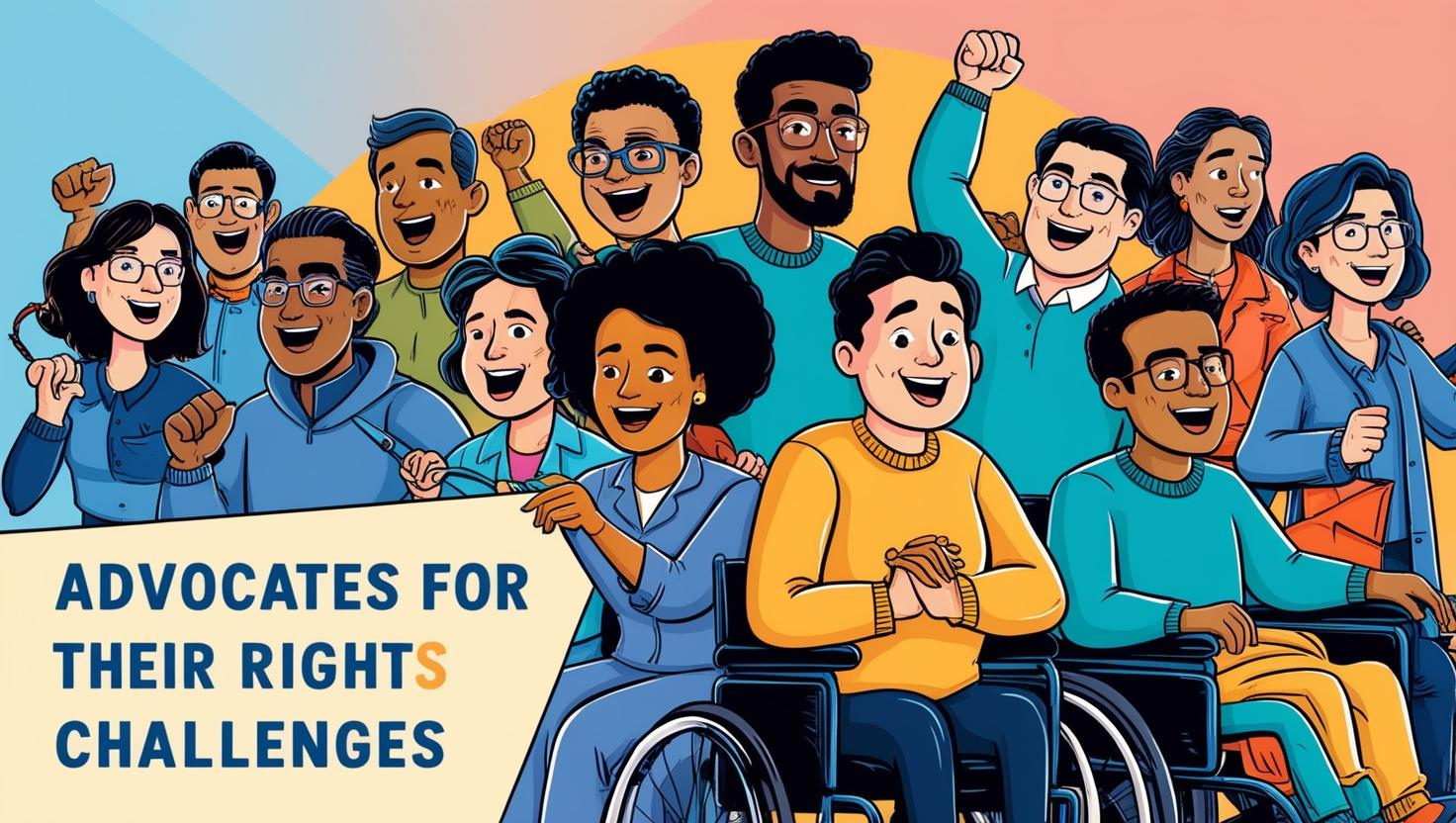

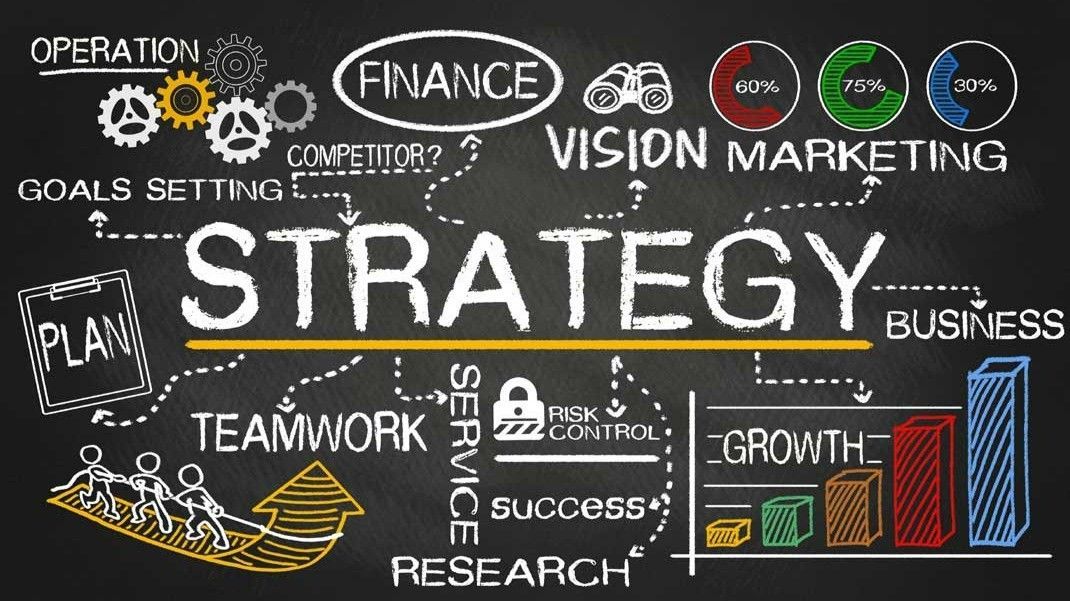
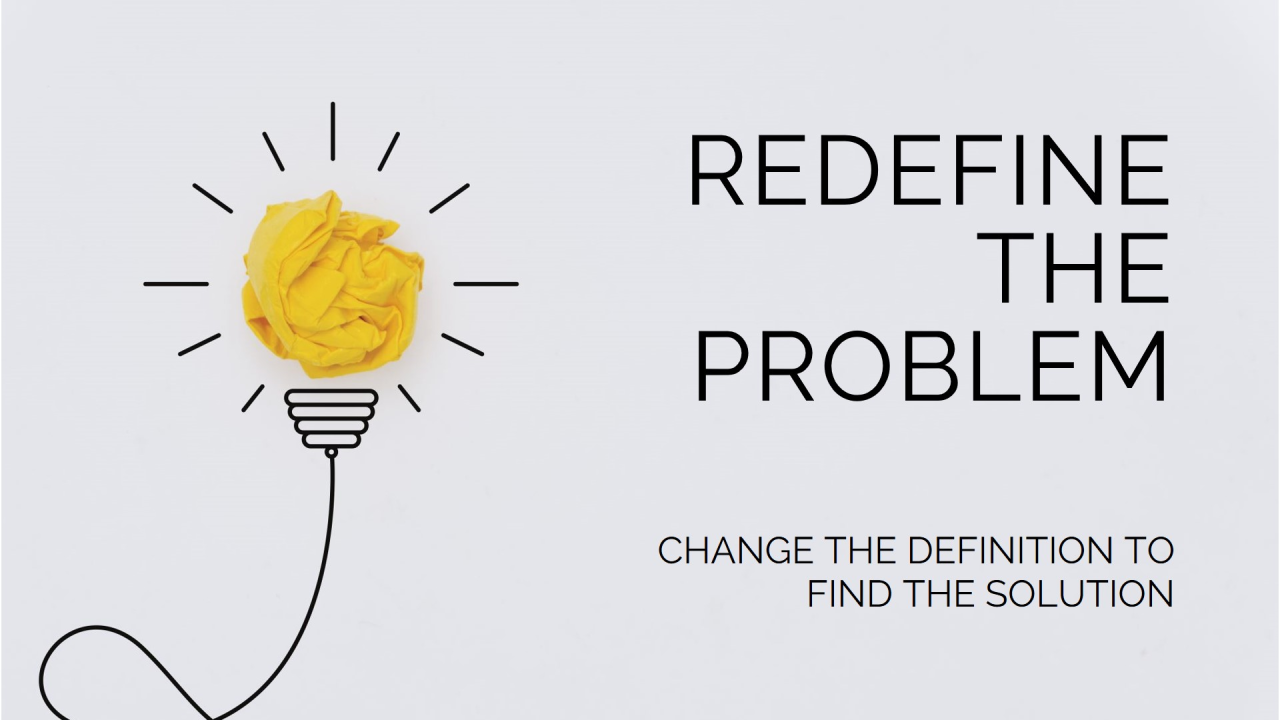


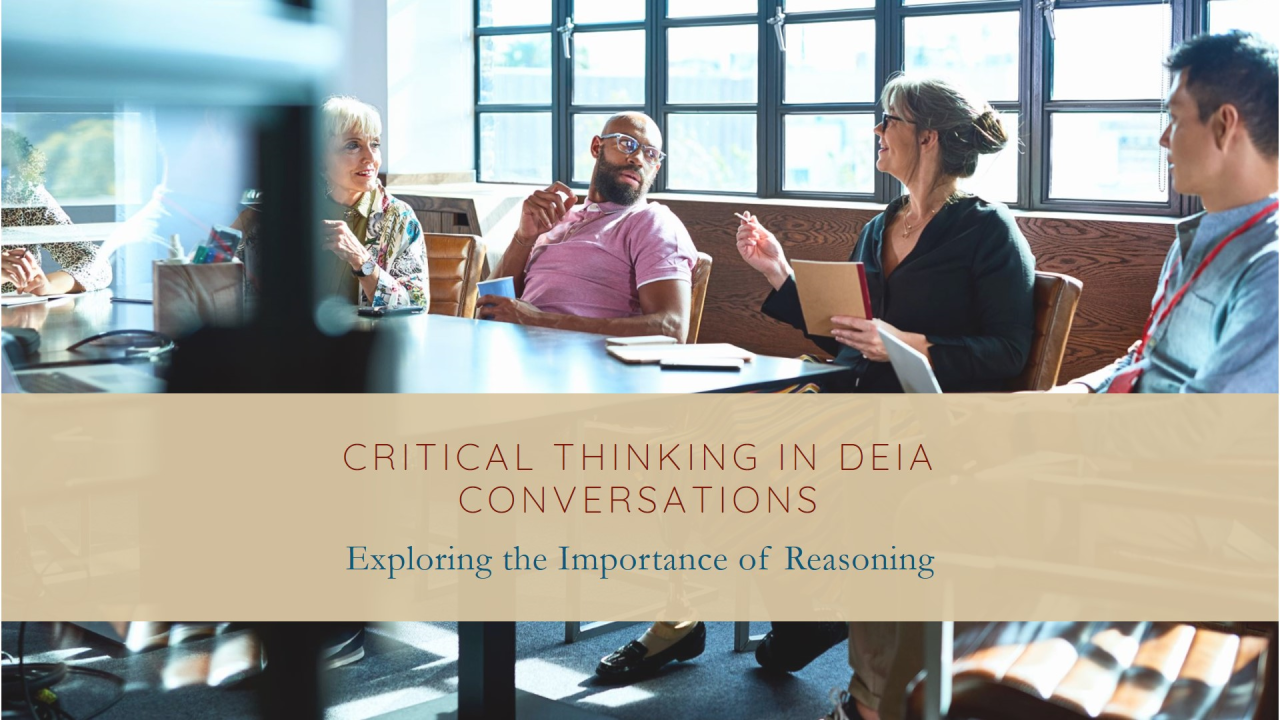
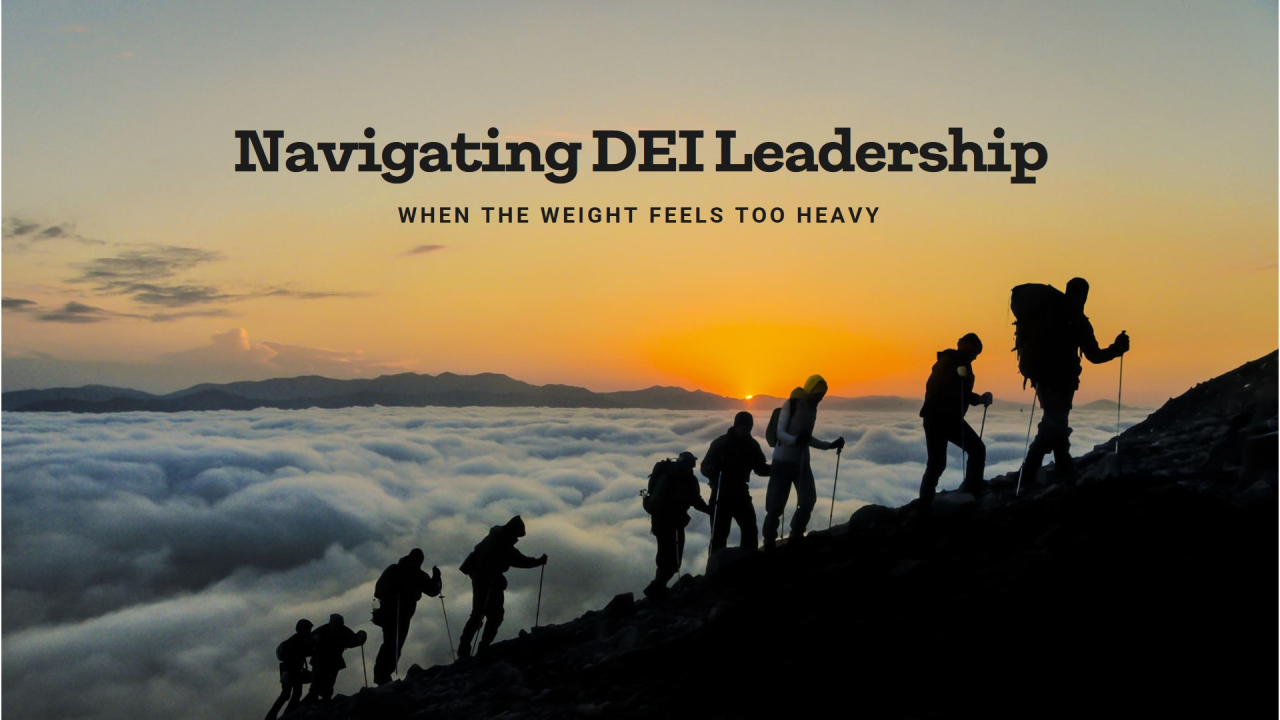
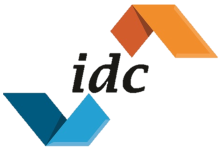
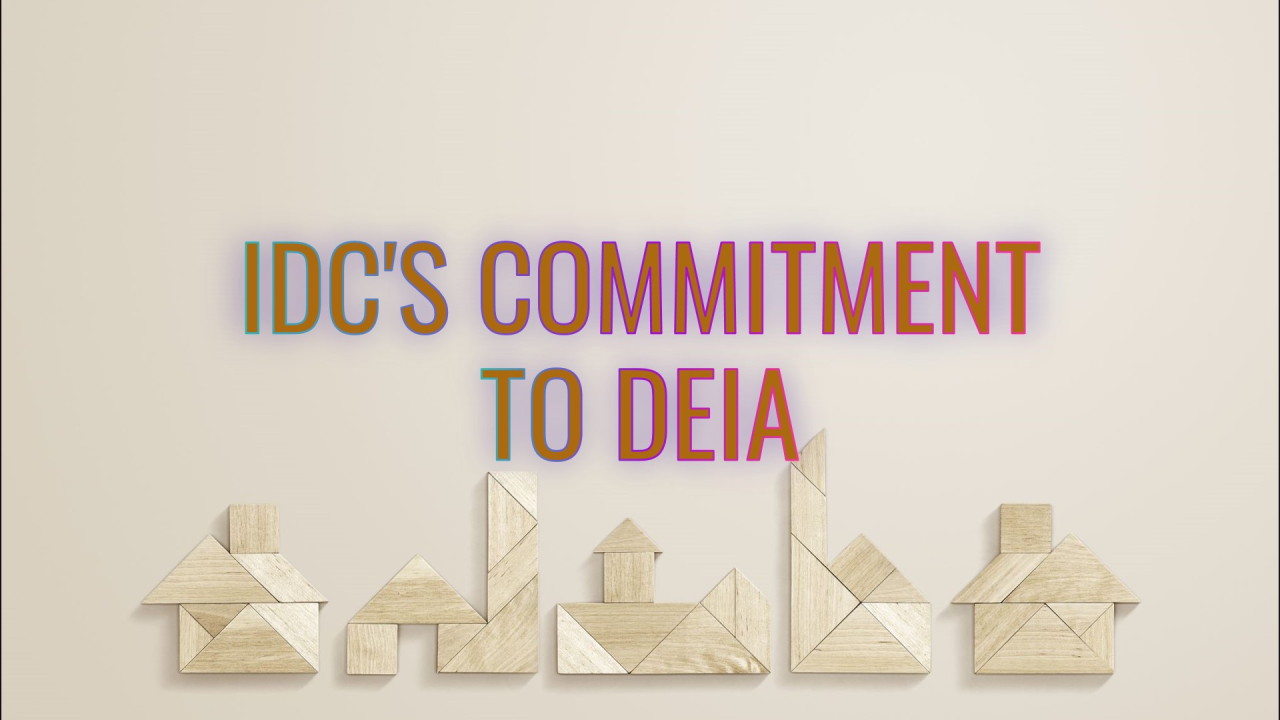
Share On: